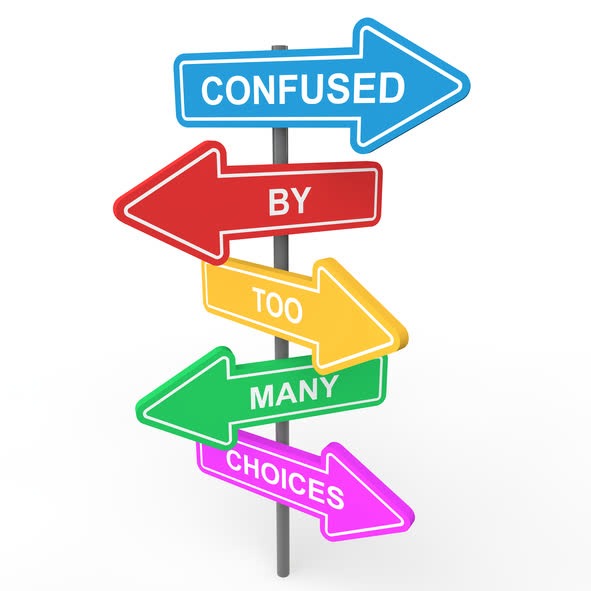Dividend Value Builder Newsletter
Over Diversification: Hurting Your Investment Returns?

Over diversification is a serious and common mistake that decreases investment returns disproportionately to the benefits received. Many investors have learned the harmful effects of under diversification and mistakenly believe that the more diversification the better. In portfolio management this concept is totally false.
What is Over Diversification?
Over diversification occurs when the number of investments in a portfolio exceeds the point where the marginal loss of expected return is greater than the marginal benefit of reduced risk.
When adding individual investments to a portfolio, each additional investment lowers risk but also lowers the expected return. Let’s look at two extremes; owning 1 stock or 1000 stocks. If you own just one stock your expected gain is very high but so is your risk. Your entire portfolio performance would ride on that one stock. It’s easy to understand the benefit of adding; going from one stock to two, or from five stocks to twenty stocks.
Each time an investment is added to the portfolio it lowers the risk of the portfolio, but by a smaller and smaller amount. At the same time each additional investment lowers the expected return. At some point you reach the number of investments where the marginal benefit of risk reduction is smaller than the decrease in expected gains.
If you own 1000 stocks you will have eliminated specific or unsystematic risk, but your portfolio will not own the highest quality or best stocks. If you took the time to research and rank 1000 individual stocks for suitability in your portfolio; you would find a significant difference between the top and bottom of the list. Owning all 1000 stocks (either individually or through an ETF) means you own the best and worst opportunities.
Optimal or Proper Diversification
Most experts believe a portfolio diversification strategy having between 15 and 30 different assets is optimal to diversify away unsystematic risk. Of course proper diversification would require these assets be spread among several different sectors and industries.
The point is you might be better off owning the 30 best stocks for your portfolio (among a variety of industries) than own 30 of the best stocks plus 970 non-optimal stocks that pull down your portfolio performance. In other words, the increased benefits from owning 970 additional stocks would be small compared to the expected loss of return.
Most investors have experienced the poor results of over diversification. This is because many institutional vehicles (i.e. diversified mutual funds, pension funds, equity index funds, ETFs, etc.) are over diversified and therefore lack the ability to concentrate on quality instead of quantity.
The optimum portfolio diversification is to own a number of individual investments large enough to nearly eliminate unsystematic risk but small enough to concentrate on the best opportunities.
Additional Reading:
34 Investment Strategies and Rules To Make You A Better Investor
Minimize Large Portfolio Drawdowns
Invest With Confidence in Less Time - Manage Your Portfolio Without Behavioral Errors
